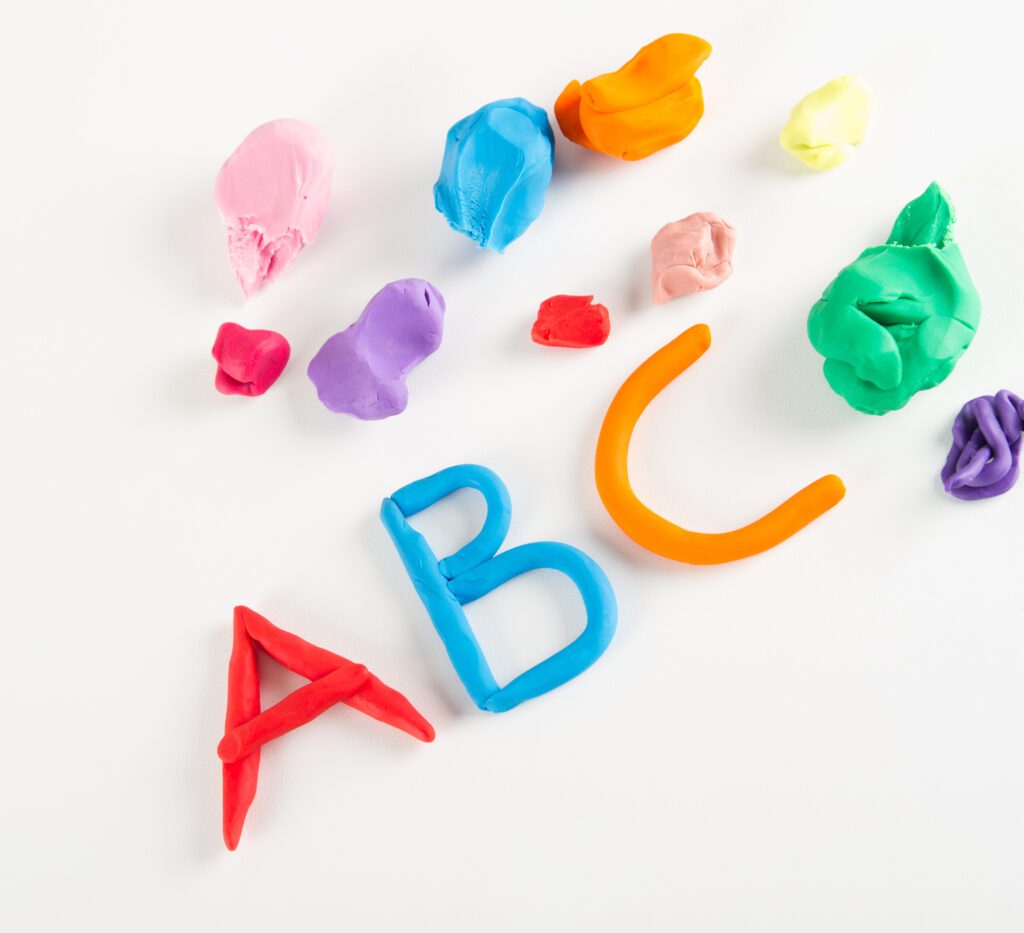*This is a collaborative post

Developing a bank of known sight words helps children immensely as they are learning to read. Recognizing words like “a,” “the,” and “to” quickly and easily allows young readers to devote their word-solving strategies to more complex words. To help solidify their recall of sight words, have children participate in activities that allow them to practice both reading and writing them.
Playdough Mats
Playdough mats are a fun and effective way to help children learn sight words. The mats contain an outline of each word that children can fill in with playdough. Not only do they practice creating words, but they also work on their fine motor skills. The mats can be reused over and over by either laminating them or slipping them into dry erase sleeves or sheets protectors.
In addition to playdough, children can fill the letters in with materials like gems, beads, or pasta noodles. The mats can also be used for coloring the words, stamping them, or adding stickers to them.
Zoom
Zoom is a fun card game that can be played with a partner or in a small group. Print the sight words being learned on blank playing cards, index cards, or small cards made from cardstock. On a few cards, print the word “Zoom.” Deal all the cards. Players take turns flipping up one of their cards and reading the word. You can help them out when they need it! If they turn over a card that says “Zoom,” they get to steal every player’s stack of overturned cards and add it to their own pile. Once all the cards have been read, the player with the most cards wins!
When children have a small bank of sight words they are focusing on, you may wish to print each word on more than one card. You can add the children’s names to cards, too!
Sensory Bags and Trays
Sensory bags and trays are a great way to provide children with a kinesthetic opportunity to practice printing sight words. Try adding paint or hair gel to a clear, sealable bag. Children can use their fingers or a Q-tip to “write” words in the paint or gel. When it’s time for the next word, they simply smooth out the bag and start again!
You can also try adding salt or sand to a tray or cookie sheet. Children then use their fingers to “write” words on the tray. A little shake of the tray and the words disappear!
Kaboom
Kaboom is a simple game to create and so fun to play! Write each sight word children are learning near the end of a popsicle stick. Then, add the word “Kaboom” to a few sticks. Place all the sticks in a container, like a cup, with the blank ends facing up. Children take turns choosing a stick and reading the word on it. You can decide whether they return the stick to the cup if they’re unsure of the word or if you’ll just help them out and let them keep the stick. When someone chooses a stick that says “Kaboom,” they have to put all their sticks back in the cup. The game keeps going and going, as players continue to choose “Kaboom” and have all their sticks returned to the cup!
I Spy
Another way to practice reading sight words is to play “I Spy.” Hide sight words around the room – on the windows, tables, shelves, doors, and anywhere else children can spot them! You can simply print the words on paper or be more creative if you wish. To add another element to the game, provide each child with a clipboard and a list of words to be found. They can be little detectives, searching for the words. Have them check them off as they find them.
